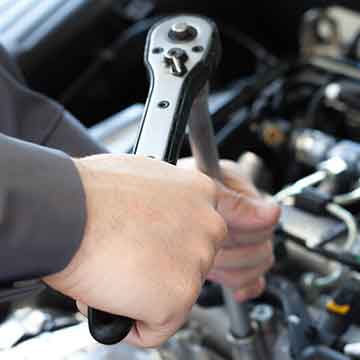Progress and Ongoing Concerns: The Takata Airbag Class Action Settlement in Australia

In June 2022, a significant milestone was reached in the ongoing Takata airbag crisis in Australia. The company entrusted with administering the class action settlement, initiated payments to eligible claimants who had been affected by the defective Takata airbags. While this marks a crucial step towards resolving this pressing issue, it is essential to acknowledge that the Takata airbag problem continues to be a concern for the safety of Australian motorists.
The Takata Airbag Crisis: A Brief Overview
The Takata airbag crisis is a global safety issue that revolves around the use of defective airbags produced by the Japanese company, Takata Corporation. These airbags were installed in millions of vehicles worldwide, including a significant number in Australia, and posed a severe risk to occupants. The defect lay in the airbag's inflator, which had the potential to explode upon deployment, sending shrapnel into the vehicle's cabin. Tragically, these faulty airbags have been linked to numerous injuries and fatalities worldwide, including in Australia.
Class Action Settlement Initiation
The class action settlement, which was officially initiated in June 2022, is designed to provide compensation to those who suffered harm or injury due to the Takata airbag defect. The company responsible for administering the settlement has been tasked with ensuring a fair and efficient distribution of compensation to eligible claimants. This is a commendable step towards bringing some closure to affected individuals and their families, while also holding accountable the manufacturers and suppliers responsible for the faulty airbags.
Payments to Eligible Claimants
One of the key developments in the Takata airbag class action settlement has been the commencement of payments to eligible claimants. Those who suffered injuries or losses due to the defective airbags are now receiving financial compensation, acknowledging the hardships they endured. This step is a testament to the legal system's ability to address such significant safety issues and provide redress for victims.
The Ongoing Concerns
While the initiation of payments is a positive development, it is crucial to recognize that the Takata airbag issue continues to be a pressing concern. Here are a few reasons why the problem persists:
Vehicle Recalls: Despite extensive recalls of vehicles with Takata airbags, not all affected vehicles have been repaired or replaced. Some car owners may be unaware of the recalls, while others may have not yet taken action. As long as there are unrepaired vehicles on the road, the risk of airbag-related incidents remains.
Aging Vehicles: Many vehicles with Takata airbags are older models. These vehicles may change hands multiple times, making it challenging to ensure that all affected cars receive the necessary repairs or replacements.
Lack of Awareness: Some vehicle owners may not be aware of the Takata airbag issue, especially if they have not received a recall notice. Raising awareness about the ongoing risks is essential to ensuring that all affected vehicles are addressed.
International Scope: The Takata airbag crisis is not limited to Australia. It is a global issue that continues to affect millions of vehicles in various countries. Coordinated efforts are required to address the problem comprehensively.
The initiation of payments to eligible claimants in the June 2022 Takata airbag class action settlement is a positive step towards resolving the ongoing crisis. It provides much-needed compensation to those who have suffered due to the defective airbags. However, it is vital to acknowledge that the issue continues to be a concern, primarily due to unrepaired vehicles, aging models, lack of awareness, and its international scope.
To fully address the Takata airbag problem, ongoing efforts are necessary. This includes raising awareness about recalls, ensuring that all affected vehicles are repaired or replaced, and maintaining a commitment to the safety of all Australian motorists. Only through continued vigilance and action can we hope to put an end to the Takata airbag crisis and prevent further injuries and fatalities.








